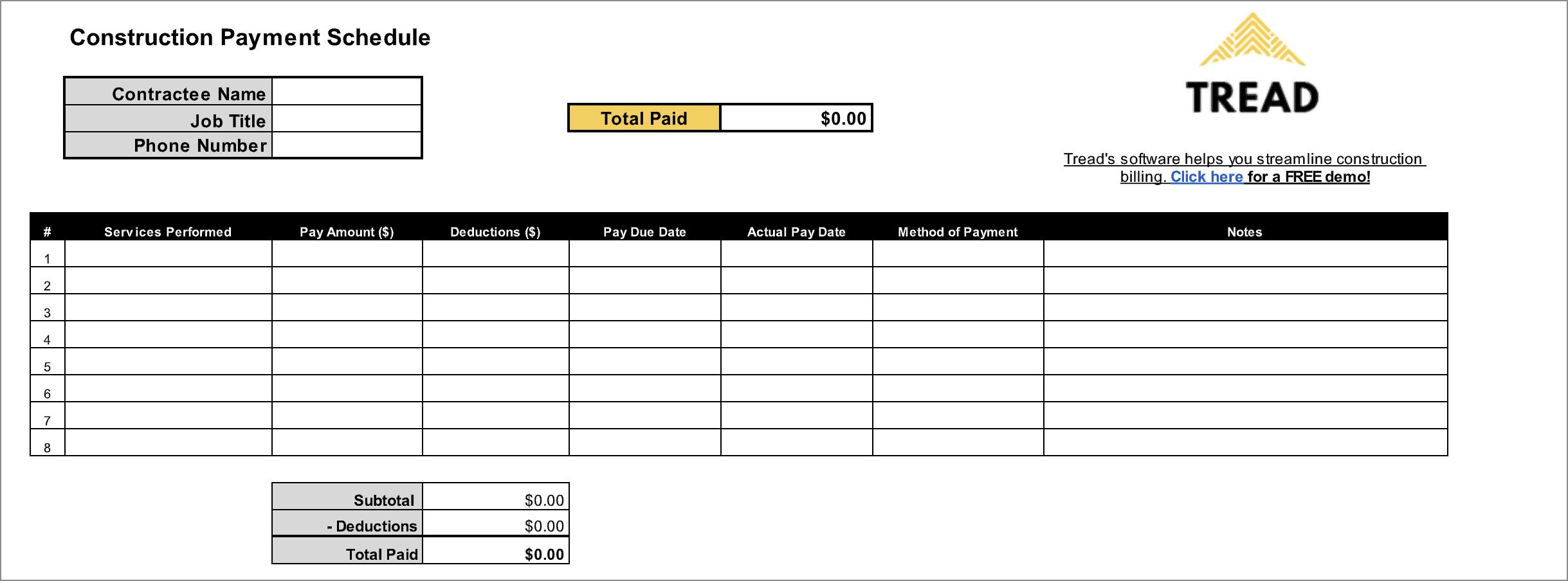When embarking on a construction project, one of the most crucial aspects to consider is the payment schedule. A construction payment schedule outlines the timeline and amount of payments that need to be made throughout the project. It ensures that both contractors and homeowners are on the same page regarding financial expectations and helps to avoid disputes or delays.
In this guide, we will explore everything you need to know about construction payment schedules, including what they are, how they work, and why they are essential for a successful construction project.
What is a Construction Payment Schedule?
A construction payment schedule is a document that outlines the specific dates and amounts of payments that need to be made throughout a construction project. It serves as a roadmap for both contractors and homeowners, ensuring that everyone is aware of the financial obligations and deadlines. This schedule typically includes details such as the total project cost, the number of payments, the due dates, and the percentage or amount to be paid at each milestone.
For example, let’s consider a home renovation project with a total cost of $50,000. The construction payment schedule might include four payments of $12,500 each, with the first payment due upon signing the contract, the second payment due after the completion of 25% of the project, the third payment due after the completion of 50% of the project, and the final payment due upon project completion.
Why is a Construction Payment Schedule Important?
A construction payment schedule is vital for both contractors and homeowners for several reasons:
- Clarity: A payment schedule ensures that both parties have a clear understanding of the financial expectations and deadlines.
- Transparency: It promotes transparency by providing a breakdown of the project costs and payment milestones.
- Budgeting: A payment schedule helps homeowners plan their finances and budget for the project accordingly.
- Dispute Prevention: By clearly defining the payment terms, a payment schedule helps prevent disputes or misunderstandings between contractors and homeowners.
- Progress Tracking: It allows homeowners to track the progress of the project based on the completion of payment milestones.
- Legal Protection: A well-documented payment schedule can serve as legal protection for both parties in case of payment disputes or breaches of contract.
How to Create a Construction Payment Schedule
Creating a construction payment schedule requires careful planning and consideration. Here are some steps to follow when creating a payment schedule:
1. Determine the Total Project Cost
The first step is to determine the total cost of the construction project. This includes all materials, labor, permits, and any additional expenses. By having a clear understanding of the total cost, you can then break it down into manageable payment milestones.
2. Define Payment Milestones
Next, identify specific milestones or stages in the construction project where payments will be due. These milestones can be based on the completion of a certain percentage of work, such as 25%, 50%, or 75%, or they can be based on specific project milestones, such as the completion of foundation work or the installation of windows.
3. Determine Payment Amounts
Once you have identified the payment milestones, determine the amount that will be due at each milestone. This can be a fixed percentage of the total project cost or a specific dollar amount. Make sure to consider any upfront deposits or down payments that may be required.
4. Establish Due Dates
Set clear due dates for each payment milestone. These dates should align with the project timeline and allow contractors to receive timely payments for completed work. It’s important to establish a realistic timeline that takes into account any potential delays or unforeseen circumstances.
5. Include Payment Terms in the Contract
Once you have finalized the construction payment schedule, it should be included as part of the contract between the homeowner and the contractor. This ensures that both parties have a clear understanding of the payment terms and can refer back to the schedule if any disputes arise.
Sample Construction Payment Schedule
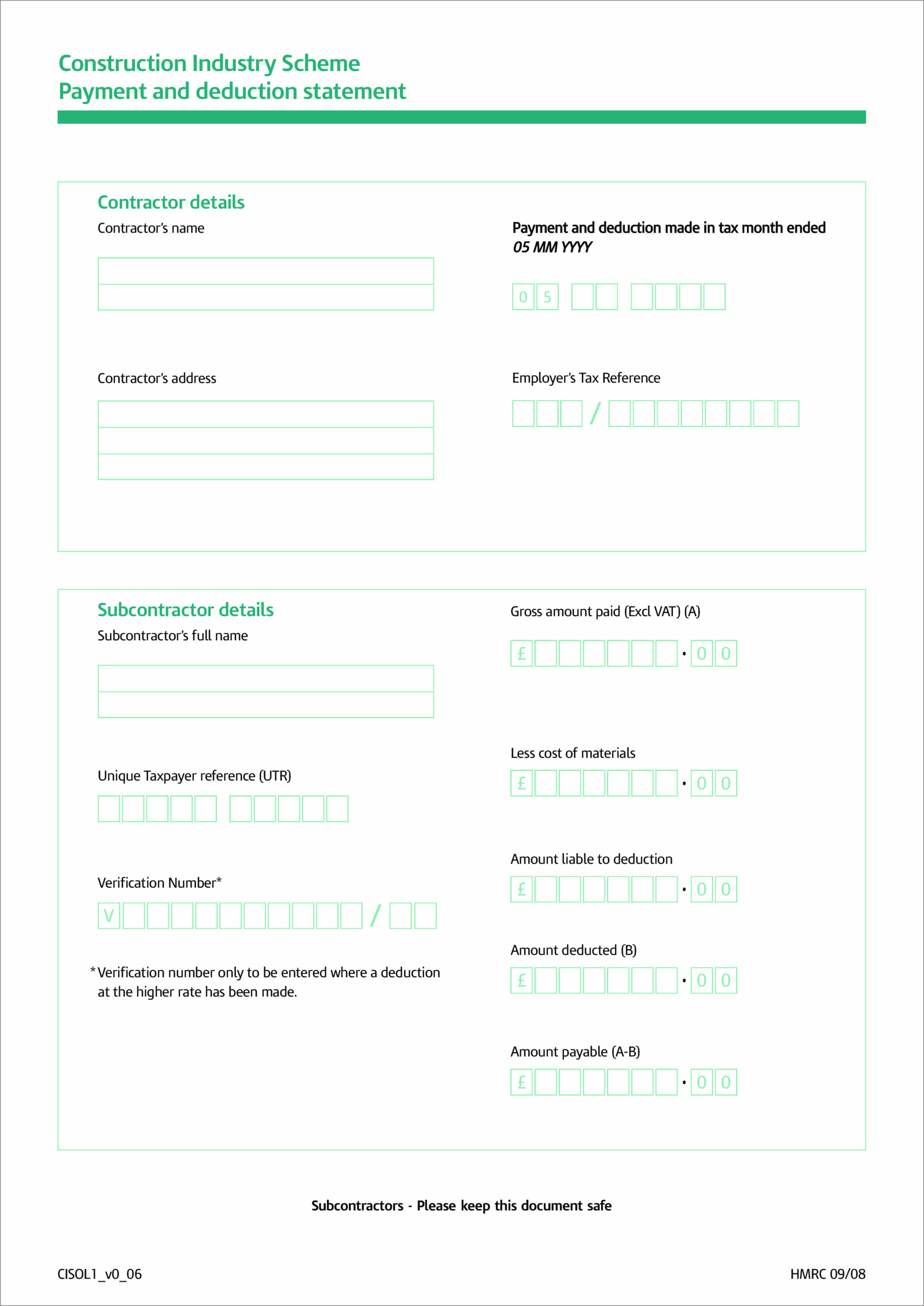
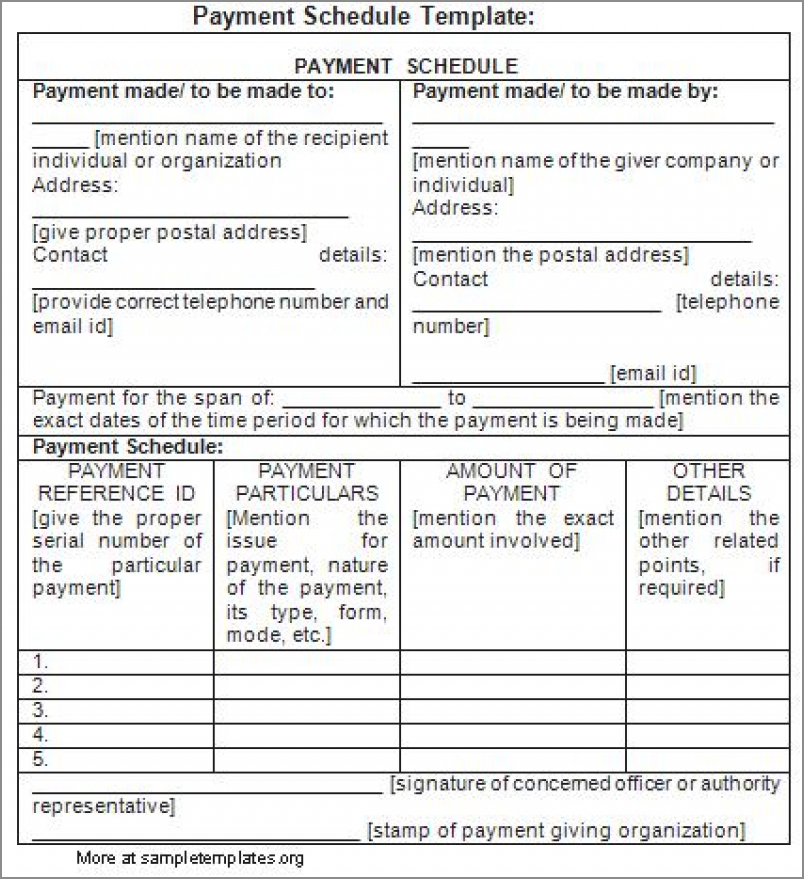
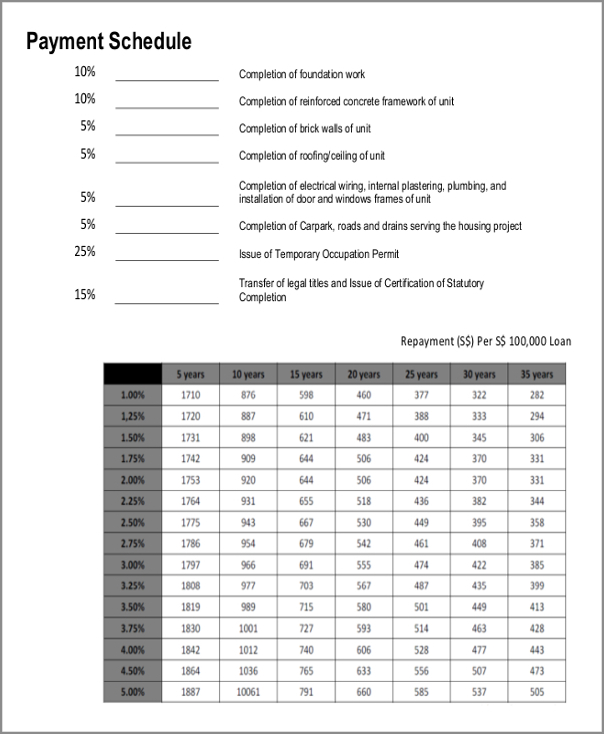
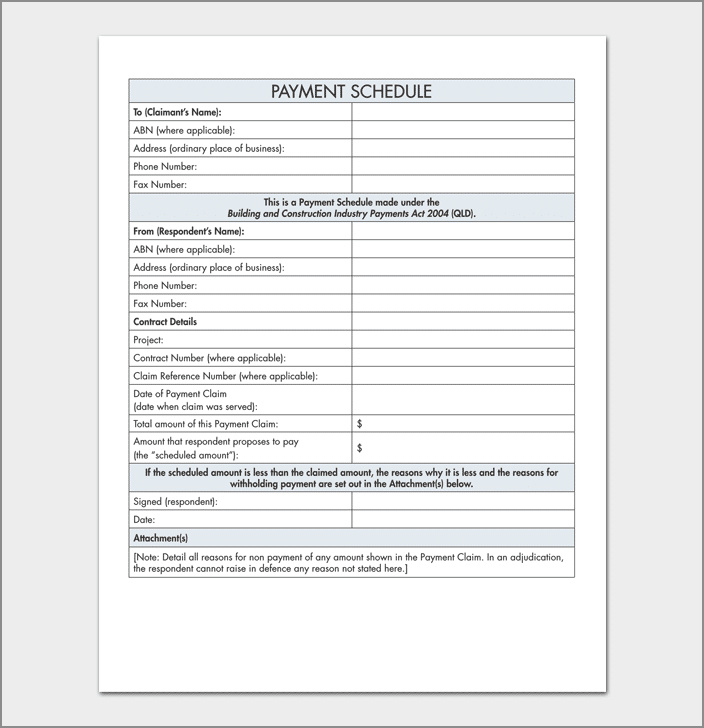
Here is an example of a construction payment schedule for a hypothetical home renovation project:
- Payment 1: Due upon signing the contract – $10,000
- Payment 2: Due after completion of demolition and framing – $15,000
- Payment 3: Due after completion of electrical and plumbing work – $15,000
- Payment 4: Due after completion of painting and flooring – $10,000
- Final Payment: Due upon project completion and final inspection – $10,000
Tips for Managing Construction Payments
Managing construction payments can be a complex task. Here are some top tips to help contractors and homeowners effectively manage construction payments:
- Communicate: Establish clear lines of communication between contractors and homeowners to ensure everyone is on the same page regarding payment expectations.
- Document Everything: Keep detailed records of all payment transactions, including receipts, invoices, and contracts.
- Monitor Progress: Regularly monitor the progress of the construction project and ensure that payment milestones are met accordingly.
- Set Realistic Deadlines: Establish realistic deadlines for each payment milestone, taking into account the complexity of the project and potential delays.
- Consider Escrow Services: Using an escrow service can provide an added layer of protection for both contractors and homeowners, ensuring that funds are securely held until payment milestones are met.
- Seek Legal Advice: If any payment disputes or issues arise, seek legal advice to understand your rights and responsibilities.
Conclusion
A construction payment schedule is an essential tool for contractors and homeowners to ensure a smooth and successful construction project. By clearly defining the payment terms, milestones, and due dates, both parties can avoid disputes and misunderstandings. Remember to communicate openly, document everything, and seek legal advice if needed. With a well-structured payment schedule in place, you can confidently embark on your construction project, knowing that financial expectations are clear and manageable.
Construction Payment Schedule Template Excel – Download
